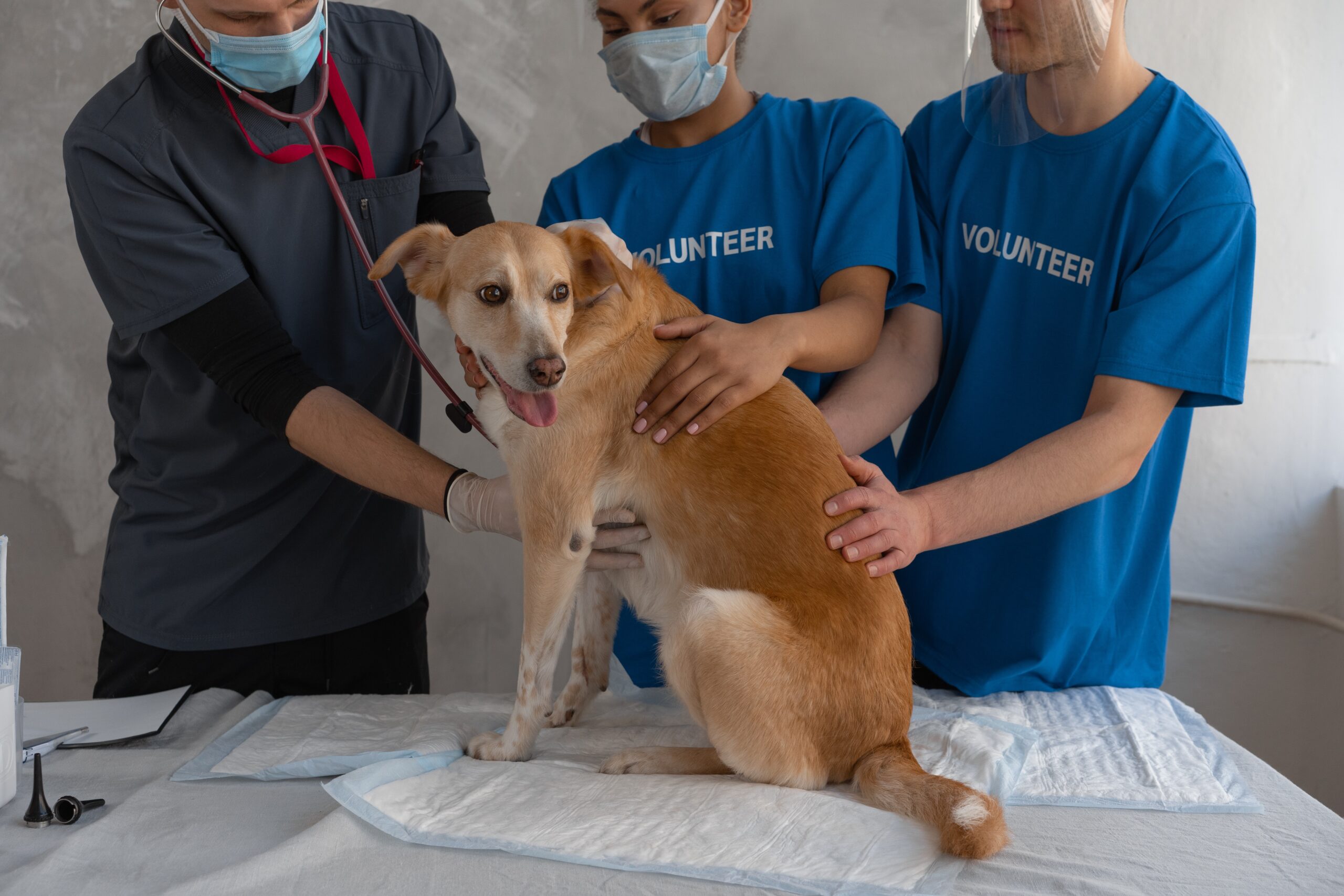
Caring for your dog’s total health needs especially when it experiences accidents and injuries is extremely important. Equipping yourself with the basic first aid techniques for dogs can make the difference between life and death in an emergency situation. In the last article, I outlined the 10 dog care accessories every dog owner should know. In this essay, we will discuss basic first-aid techniques for dogs, including CPR and wound care. We will also talk about the importance of having a dog first aid kit on hand.
Thank you for reading this post, don't forget to subscribe!First Aid Tips
Assess the Situation
The first step in providing first aid to a dog is to assess the situation. It is important to keep calm and assess the scene for any additional threats to you or your pet. This is important for everyone’s safety. Keep your dog warm (except in the case of heat stroke), as quiet as possible, and keep movement to a minimum, especially if there is possible trauma, broken limbs, or any neurological symptoms. Contact your veterinary hospital, inform them of the situation, and get specific first aid advice.
First aid kit for dogs: Shop now
CPR for Dogs
CPR for dogs is similar to CPR for humans. The first step is to check for a pulse. If there is no pulse, you will need to perform chest compressions. Placing one hand on each side of the chest in the middle of the rib cage, vigorously compress the chest 100-120 times per minute. For small dogs (under 10 pounds), you can use one hand to compress the chest. After 30 compressions, give two breaths into the dog’s nose. Continue this cycle until you reach the veterinary hospital or until the dog starts breathing on its own.
Wound Care
If your dog has a wound, the first step is to stop the bleeding. Apply pressure to the wound with a clean cloth or gauze pad. If the bleeding does not stop, apply a tourniquet above the wound. It is important to remember that a tourniquet should only be used as a last resort, as it can cause damage to the limb. Once the bleeding has stopped, clean the wound with warm water and soap. Apply an antiseptic solution to the wound to prevent infection. Cover the wound with a sterile bandage or gauze pad.
Dog First Aid Kits
Having a dog first aid kit on hand is essential for any dog owner. A basic dog first aid kit should include the following items:
- Gauze pads
- Adhesive tape
- Scissors
- Tweezers
- Antiseptic solution
- Sterile saline solution
- Blanket
- Muzzle
- Digital thermometer
- Hydrogen peroxide
- Tourniquet
It is important to keep your dog’s first aid kit in a convenient location, such as in your car or near your dog’s bed. Make sure that everyone in your household knows where the kit is located and how to use the items inside.
Conclusion
In conclusion, knowing basic first aid techniques for dogs can be the difference between life and death in an emergency situation. CPR for dogs, wound care, and having a dog first aid kit on hand are all essential skills for any dog owner. Remember to stay calm and assess the situation before providing first aid to your dog. If you are unsure about how to provide first aid to your dog, contact your veterinary hospital for specific advice. By being prepared and knowing what to do in an emergency, you can help ensure the safety and well-being of your furry friend.


